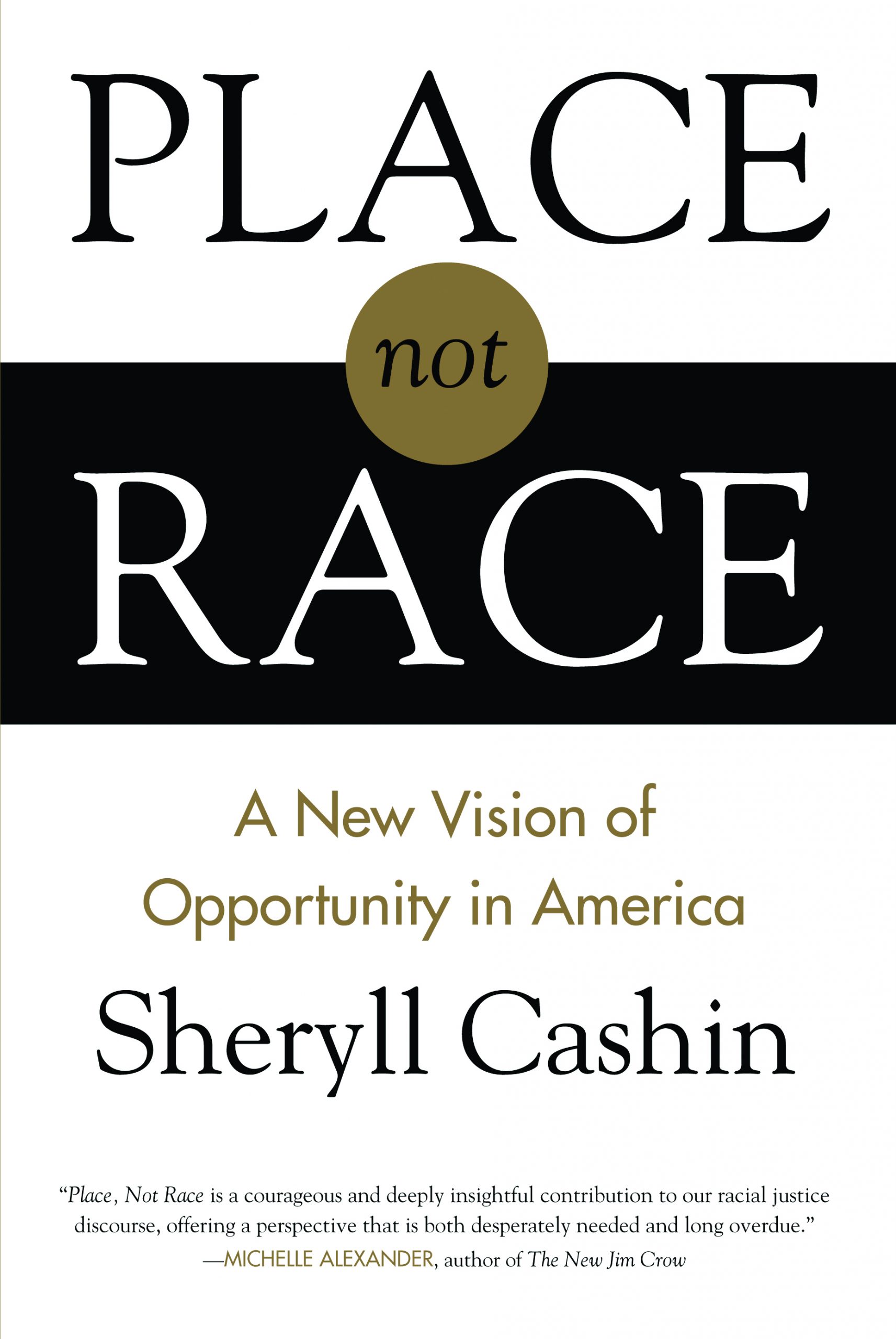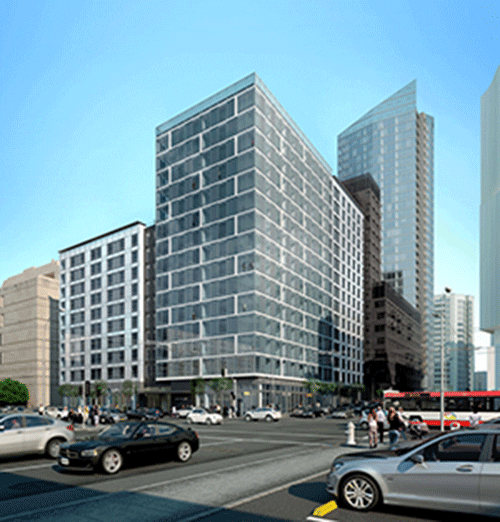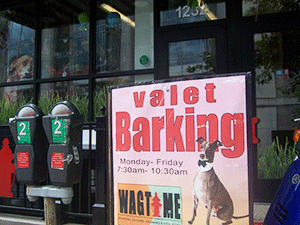
At the Paris UN Climate Change Conference in December 2015, the United States advocated for and won specific carbon reduction goals. Will we similarly offer concrete reduction targets, investment plans, and the requisite leadership to fix our problems with housing quantity, affordability, and habitability? Or will we merely market our inclusive housing and communities initiatives? And if the latter, are these housing policies, while necessary, sufficient to address the pressing housing crisis in the United States and elsewhere?
U.S. housing subsidies and incentives, which are designed to generate non-housing benefits from mixing incomes, seem to overshadow the demand for direct investment in housing production and preservation. Hope VI, Choice Neighborhoods, and inclusionary zoning have, over the last decade, garnered much of our national interest and investment. These experiments, however, fall far short of the United States’ (and the world’s) growing housing problems. We face growing affordability, homelessness, and public housing crises.
The U.S. draft report for the Habitat Conference notes:
- Renters have increased by about 5 percent in the last decade, 50 percent of them are cost burdened (paying more than 30 percent of their income on housing), a 12 percent increase from 2000 to 2013.
- Each day, over a half million Americans—including families, children, and veterans—are homeless.
- No new public housing has been built since 1980, while we have lost 10,000 public housing units a year. There is also a $26 billion capital improvement backlog for the existing stock.
- An estimated 3.6 million homes with children younger than six have one or more lead-based paint hazards, and low-income households are disproportionately affected.
- Only one quarter of those eligible for a housing voucher to help them afford safe, decent housing receive one, wait lists are years-long.
- There is a growing displacement of low-income families from urban development.
These housing problems are growing and are likely to worsen with pervasive income inequality and a U.S. population projected to grow by 80 million people by 2050. Yet, the solutions do not match the demand.
For example, New York City, the largest public housing authority, is banking on a new Fund for Public Housing to attract enough charitable donations to pay for $17 billion in unmet capital needs and an annual operating deficit of tens of millions of dollars. Affordable housing for 600,000 New Yorkers rests on charity.
These numbers suggest a need to ramp up our affordable housing investments. Yet rather than advocating for large-scale direct investments in affordable housing, we are enamored with trickle-down, market-based strategies to drive inclusive urban design and social engineering schemes. This is despite numerous studies that suggest their efficacy for achieving economic integration, social integration, and educational attainment are, at best, mixed, difficult to achieve, or downright utopian.
Housing as a solution to comprehensive community change is ideal, but unrealistic. The physical design of housing or a neighborhood cannot be expected to solve the structural causes of poverty. If we want to make the world a better place, we need to push for full employment with family wages, demand free quality education for all, and fight against institutional racism, not just pass inclusive housing policies.
My hope is that we go to Habitat III and stand with many other countries to address the burgeoning social, economic, and physical challenges facing all 21st-century global cities. Yes, our affordable housing platform should take into account past failed housing experiments, as well as the need for more sustainable, resilient, and just cities. This includes not exacerbating economic and social isolation. But, let’s also do the math. Higher order concerns for the perfect society and urban spaces should not give short shrift to practical and innovative solutions for our growing housing crises. We need hard numbers. Habitat III is a perfect platform to garner a strong and specific commitment to fund a new housing agenda. We need to house people in decent, affordable housing, first and foremost, as we continue the centuries-old quest for the utopian city.





Comments